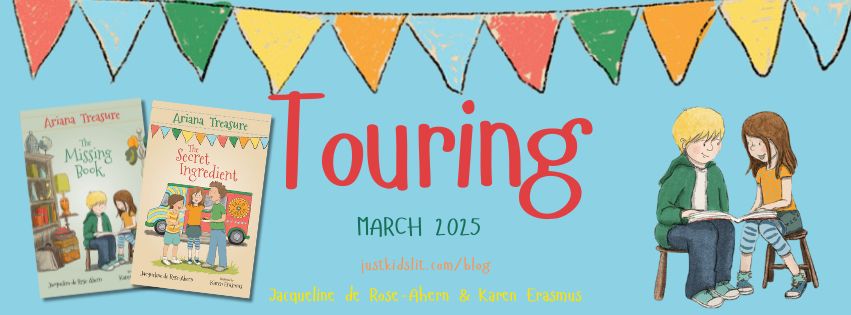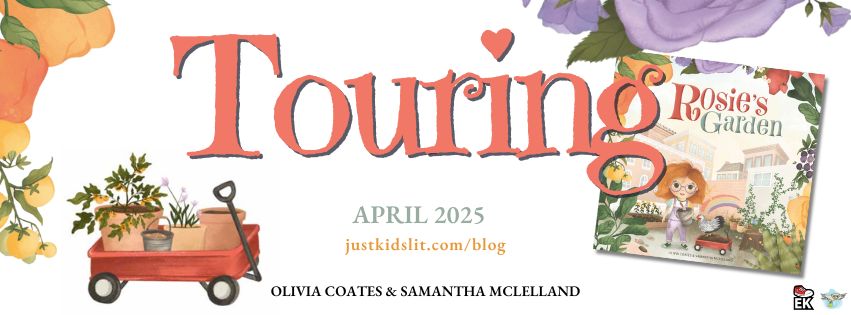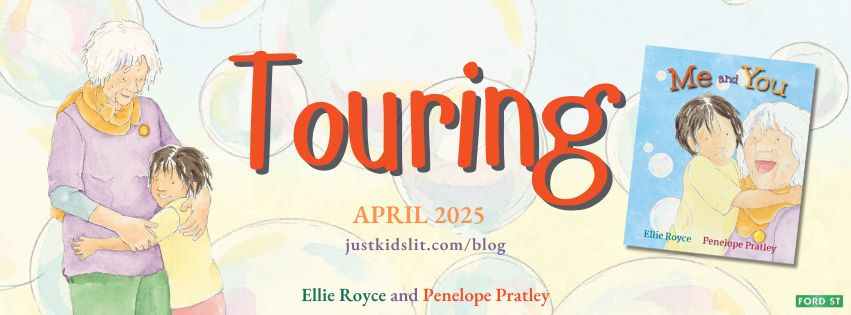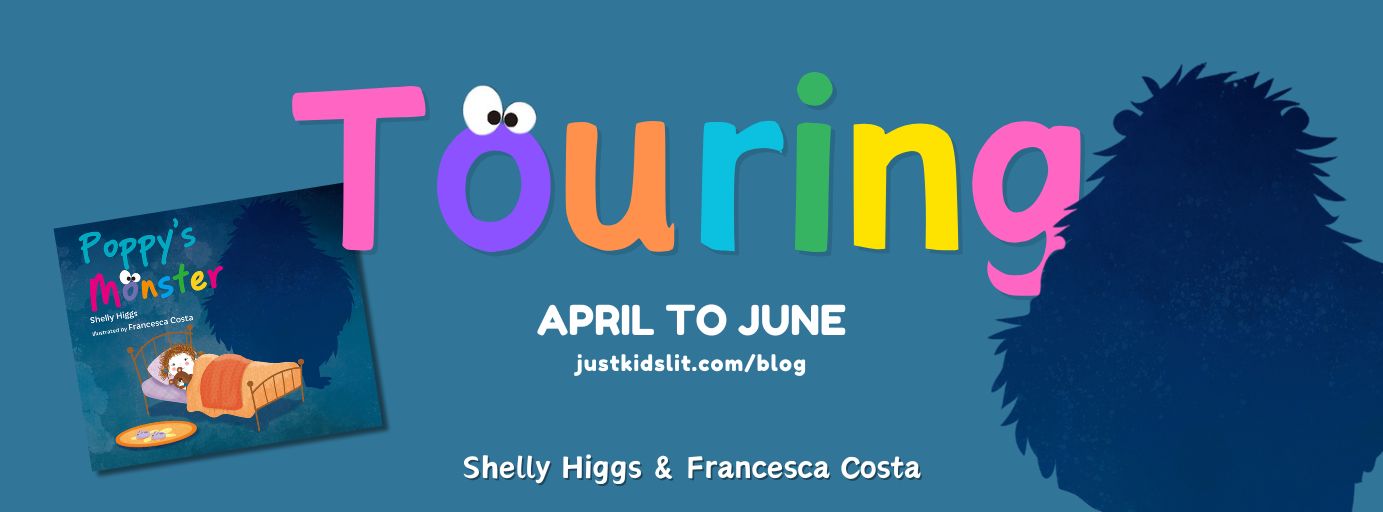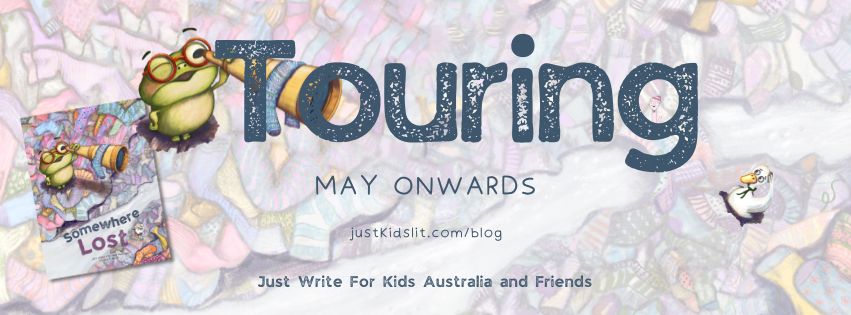#iwonder #bookcampaign #booksontourpr
I Wonder whimsically explores the themes of pollution, sustainability, and environmental care, as a little wooden boat wonders and worries whether it too, has become litter or waste like the floating objects that pass it by into the ocean. Allison Paterson and Nancy Bevington have brought these inanimate objects and marine sea animals to life, providing scope for observation, thought and discussion surrounding this important topic.
* N.B. These discussion points and activities can be adapted to suit any age and educational level.
Discussion and Activities
Curriculum Links –
Foundation to Year 2 English: Literature and context (ACELT1575)(ACELT1581), Responding to literature (ACELT1783)(ACELT1582), Examining literature (ACELT1578)(ACELT1584)(ACELT1591), Creating literature (ACELT1586)(ACELT1833), Texts in context (ACELY1655), Interpreting, analysing, evaluating (ACELY1650)(ACELY1660)(ACELY1670), Creating texts (ACELY1651)(ACELY1661)(ACELY1671)
Before Reading–
Look at the cover of I Wonder. What do you see? How might the boy be feeling? How do you know? What do you think this story might be about?
Do you like to visit the beach? What can you find there?
Why is it important to look after our beaches and oceans? How can we do this?
After Reading –
How did the story make you feel? Make a list of the different emotions explored in the book.
What happened to the little wooden boat? Why did it wonder and worry? How was it restored in the end? Write some describing words (adjectives) about the little wooden boat at its different stages in the book.
Have you heard of the Great Pacific Garbage Patch? What is it? Where do you think all the rubbish comes from? Why might rubbish be left at the beach? What might happen to the sea life with all that pollution and waste in the water? Draw comparison pictures both with and without rubbish in the ocean.
What would be the best way to eliminate waste? What can we do with our rubbish? What does recycle / re-use / re-purpose mean? Write a definition and give an example for each term.
Make a list of ideas can you think of to reduce the amount of waste, especially plastic, being produced?
Recycled Boat STEAM Activity
Curriculum Links –
Foundation to Year 2 Science: Physical sciences (ACSSU005)(ACSSU033), Earth and space sciences (ACSSU032), Nature and development of science (ACSHE013), Use and influence of science (ACSHE022)(ACSHE035), Questioning and predicting (ACSIS014)(ACSIS024), Planning and conducting (ACSIS011)(ACSIS026), Processing and analysing data and information (ACSIS027)(ACSIS040), Evaluating (ACSIS213), Communicating (ACSIS012)
Foundation to Year 2 Design and Technology: Knowledge and understanding (ACTDEK001)(ACTDEK002)(ACTDEK004), Processes and production skills (ACTDEP006)(ACTDEP007 )(ACTDEP008)(ACTDEP009)
Foundation to Year 2 Visual Arts: (ACAVAM107)(ACAVAM108)
Design and draw a diagram of a boat that you can float in the water, made only of homemade or recycled items. These can include plastic containers or bottles, cardboard tubes, coloured paper, wooden blocks, plastic bag, popsticks, string, pipe cleaners, paint, etc. What materials are best for floating? What materials are most / least durable in water? How can you design a boat that will stay upright? Can you design a boat that is pleasing to the eye (ie. looks attractive)?
Construct and test your boat on water. Evaluate its effectiveness. Does it look good?
I Wonder Small Steps Poster
Curriculum Links –
Foundation to Year 2 HASS: Questioning (ACHASSI001)(ACHASSI018), Researching (ACHASSI002)(ACHASSI004 )(ACHASSI035), Analysing (ACHASSI007)(ACHASSI024), Evaluating and reflecting (ACHASSI008) (ACHASSI009), Communicating (ACHASSI010)(ACHASSI043), Geography (ACHASSK015)(ACHASSK017)(ACHASSK031)
What small steps will you take? Read the examples at the back of the book, including taking your belongings and waste home with you, carrying a reusable water bottle, fix broken things rather than buying new ones, and buying items made from natural products to reduce the amount of plastic in our world.
Make a large poster with footprints, surrounded by I Wonder thought bubbles containing strategies with how to care for our planet and reduce plastic production and waste. Each step can lead towards a cleaner, healthier environment.
How can you present this poster (print or digital) so that others can see it? How can you help your family learn the importance of taking these steps?
BONUS! There are terrific Teacher’s Notes and Activities for I Wonder at Allison Paterson’s website, including a Water Pollution Science Experiment, Trash or Treasure Hunt, Colouring Sheet and another way to make your own Recycled Boat!
I Wonder is written by Allison Paterson, illustrations by Nancy Bevington. Published by Big Sky Publishing. Notes prepared by Romi Sharp.
Reference: Australian Curriculum
Please follow Allison Paterson at her website: Allison Marlow Paterson – Australian Author – writing stories of our past
Facebook | Instagram | Twitter
I Wonder is available for purchase through: Big Sky Publishing | Booktopia
Take Small Steps for a Chance to WIN I Wonder
Click here to enter to win a copy of the beautiful, powerful book, I Wonder!
Join us as we sail with Allison Paterson and her precious environmental picture book, I Wonder, across the blogosphere and at the following media sources…
Organised by Books On Tour PR & Marketing. Email: info.booksontour@gmail.com












